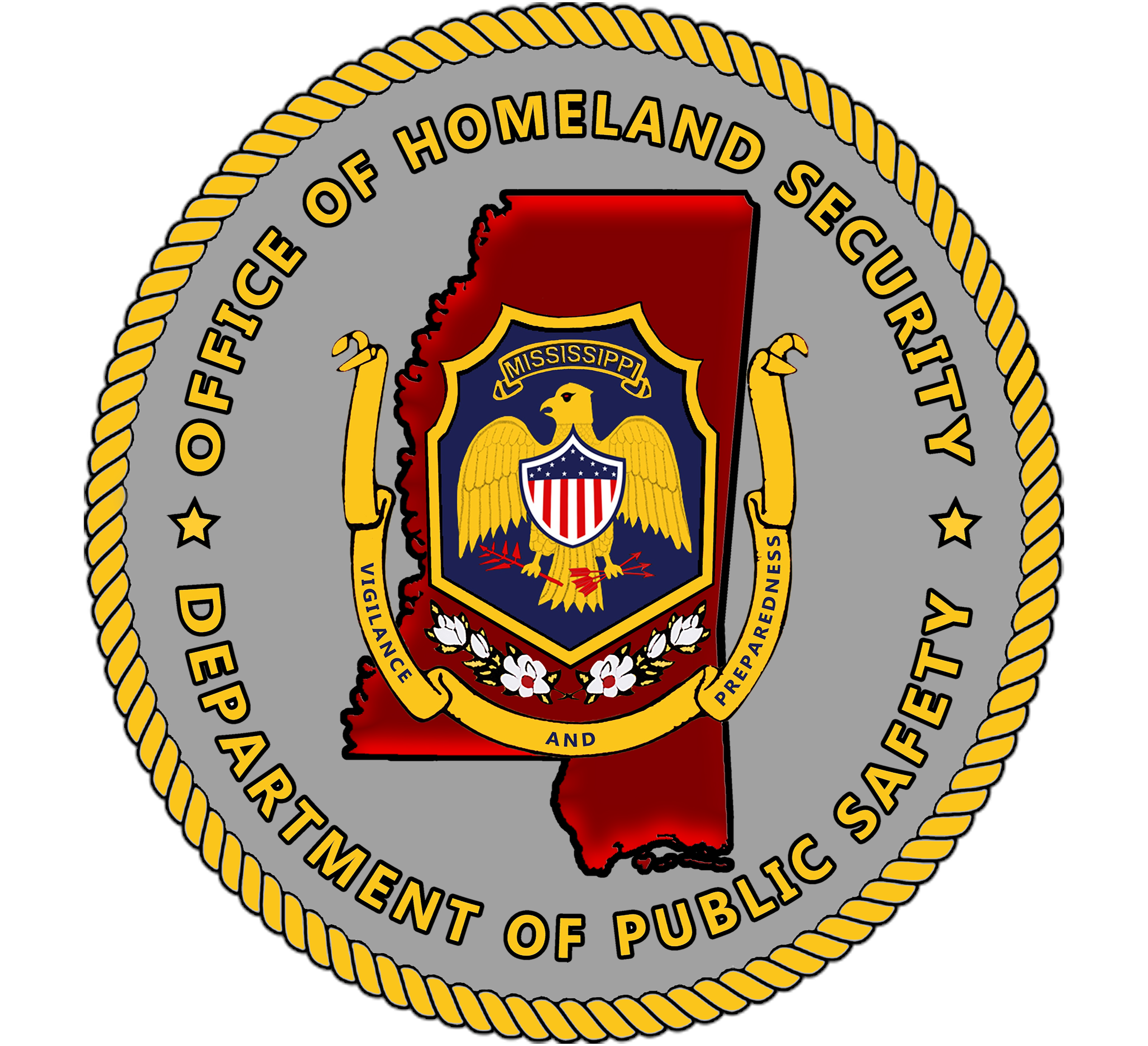CERT PROGRAM ANNOUNCEMENTS:
CERT Classes are available for scheduling, please contact the State Coordinator- Larry Cagle for more information on presentations, trainings and CERT certifications.
PROGRAM MANAGER:
Larry Cagle
Email Address: lcagle@dps.ms.gov
WHAT IS CERT?
Community Emergency Response Teams or CERT is a U.S. Department of Homeland Security program that helps educate citizens about hazards and trains them in lifesaving skills so that they are better prepared to respond to emergency situations in their communities. Local government prepares for everyday emergencies. However, during a disaster, emergency services can be overwhelmed.
The Mississippi Office of Homeland Security works with local governments and agencies throughout the state to offer CERT training that is designed to help you protect yourself, your family, your neighbors and your neighborhood in an emergency situation or in the aftermath of a disaster.
The purpose of CERT training is to provide citizens with the basic skills required to handle virtually all their own needs and then be able to respond to their communities' needs in the aftermath of a disaster.
CERT is a positive and realistic approach to emergency and disaster situations where citizens may initially be on their own and their actions can make a difference. While people will respond to others in need, one goal of the CERT program is to help them do so effectively and efficiently without placing themselves in unnecessary danger. In the CERT training, citizens learn to:
- Manage utilities and put out small fires.
- Treat the three medical killers by opening airways, controlling bleeding and treating for shock.
- Provide basic medical aid.
- Search for and rescue victims safely.
- Organize themselves and spontaneous volunteers to be effective.
- Collect disaster intelligence to support first responder efforts.
Initially, CERT programs were developed to assist communities in taking care of themselves in the aftermath of a major disaster when first responders are overwhelmed or unable to respond because of communication or transportation difficulties. As the CERT concept has taken hold across the country, cert materials CERTs have become much more than originally envisioned.
CERT has proven itself to be an active and vital part of their communities' preparedness and response capability. CERTs are an investment of state and local government's time and resources. To capitalize on this investment, program sponsors can view CERT members as a volunteer resource that can assist with public safety activities. Such an approach will actively involve members in serving their communities beyond disaster response and add value to the CERT program. For example, CERTs have been used to:
- Distribute and/or install smoke alarms and batteries in the homes of the elderly and disabled.
- Assist with evacuations and traffic control.
- Promote community awareness of potential hazards and preparedness measures.
- Supplement staffing at special events, such as parades.
- Act as victims in training exercises.
WHAT DOES CERT TRAINING INVOLVE?
The Community Emergency Response Team course consists of 20 hours of training, either one night per week for seven weeks or a two and one half day course. Emergency responders, including firefighters, emergency medical and law enforcement personnel, from your community, teach the classes.
The course agenda includes:
Unit 1 DISASTER PREPAREDNESS:
Introduction to disasters, impact of disasters on infrastructures, the role of CERTs in disaster response.
Unit 2 DISASTER FIRE SUPPRESSION:
Identifying and reducing potential fire hazards, basic fire suppression strategy, resources and techniques.
Unit 3 DISASTER MEDICAL OPERATIONS - PART 1:
Treatment strategies for life-threatening conditions and principles of triage.
Unit 4 DISASTER MEDICAL OPERATIONS - PART 2:
Head-to-toe assessments, treatment for various injuries.
Unit 5 LIGHT SEARCH AND RESCUE OPERATIONS:
Techniques for size-up and search, lifting, cribbing and removing victims, rescuer safety.
Unit 6 PRE-STORM CERT OPERATIONS:
Protecting your home from severe weather, personal readiness, CERT equipment, organizing your team.
Unit 7 POST-STORM CERT OPERATIONS:
Organizing, deploying teams, communications, recovery and terrorism.
Unit 8 TERRORISM & CERT:
Provides an explanation of what Terrorism is, what weapons terrorist can use, cues to help identify when a terrorist attack has occurred or may be imminent and how CERT teams can respond to terrorist events.
The objectives of the course
- Upon completion of the CERT training, the participants will be able to:
- Describe the types of hazards most likely to affect their homes and communities.
- Describe the function of CERT and their roles in immediate response.
- Take steps to prepare themselves for a disaster.
- Identify and reduce potential fire hazards in their homes and workplace.
- Work as a team to apply basic fire suppression strategies, resources and safety measures to extinguish a burning liquid.
- Apply techniques for opening airways, controlling bleeding and treating shock.
- Conduct triage under simulated conditions.
- Perform head-to-toe assessments.
- Select and set up a treatment area.
- Employ basic treatments for various wounds.
- Identify planning and size-up requirements for potential search and rescue situations.
- Describe the most common techniques for a structure.
- Use safe techniques for debris removal and victim extrication.
- Describe ways to protect rescuers during search and rescue.
HOW DO YOU GET INVOLVED?
First, recruit approximately 20 interested people from your community, neighborhood, school or business. The target audiences for this course are private citizens, businesses and schools that want the skills and knowledge required to prepare for and respond to a disaster.
Some "natural" groups to approach and recruit are homeowner's associations, neighborhood watch groups, religious groups and similar organizations geographically distributed within the local area. Also, businesses located in high-rise office buildings, industrial complexes, schools and PTAs make logical choices for CERT programs.
Local government employees who are trained in CERT procedures can help local government agencies continue to provide needed services to citizens during an emergency.
Second, call your local emergency management office to request your classes and obtain information on books and equipment.
Training Opportunities:
Training Opportunities are available. Please contact the CERT Statewide Coordinator, Larry Cagle @ 601-987-1278 or lcagle@dps.ms.gov
